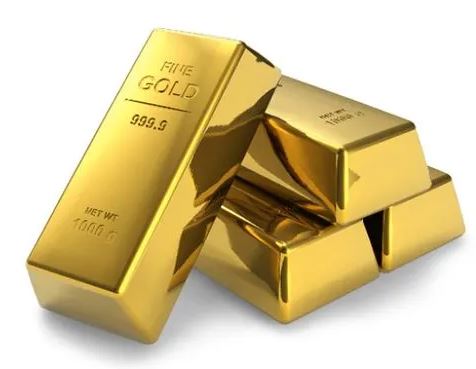
Fineness, fine ness, fine-ness. Sorry, just one of those words that invoke Semantic satiation. Pronounced Fine-ness. The term Fineness may be something we can all use in a sentence if we tried, but if you are like me, it is always a bit hard to say. It is a word that was coined (pun intended) because we needed a way to express how pure metal was. This was important when trying to determine the value of silver and gold money and jewelry. The “fineness” of coins is so important that it is expressed as laws that come directly from congress. Now you may think I am mixing apples and oranges when I talk about Coins and Jewelry in the same sentence, but it’s really one and the same, I am hoping you get to the end of this without falling asleep so that maybe you will agree.
Let’s start with the dictionary meaning fineness:
1. The state or quality of being fine.
2. a measurement of the purity of precious metal, expressed as the number of parts per thousand that is precious metal.
For example, United States Half-Dollars, Quarters and Dimes that was produced before 1965 HAD to be made of .9 fine or 90% Silver. That means that the weight of the coin comes from being 90% Silver and 10% other metals like copper and Nickel. We did not use Pure Silver or Gold (.999 Fine) for our coinage because it would be too soft and thus would wear too quickly. So the silver and gold had to be mixed with harder and more durable metals so it would last the 30 or so years they are expected to.
Today a collector can buy .999 fine silver and gold in multiple forms. One can Buy Mint Produced bullion rounds, poured, or extruded bars, and silver shot. In the case of the rounds and bars, the fineness is usually displayed right on the piece.
But things seem to get a little more complicated when it came to gold Jewelry. Most gold jewelry is either 10, 14, or 18 Karat gold with a few exceptions in between. But what is a Karat anyway? And what does it tell us about fineness? Ever wondered what the difference between Karat and Carat was? Pay attention here.
Carat is a unit of weight, and it turns out there was this German gold Mark that was common about a thousand years ago. It happened to weigh 24 carats. A carat is .2 grams. So, the coin weighed 24 carats or 4.8 grams. As opposed to a unit of weight, Karat is a unit of fineness. From that point forward fineness was expressed as how many parts (not carats) of the 24 carats weight was pure gold. So, if we take a look at 14 Karat Gold, that means that of every 24 parts of metal, 14 of them must be pure gold. The rest can be just about anything else. If we do the math we find that 14K gold has a fineness of 58% or .583, while 18K has 75% purity or is .75 Fine.
Imagine the surprise on some people’s faces when they really understood that the 14K gold jewelry they wear is only slightly more than half gold? While it is impractical to make Jewelry out of 24 Karat gold (pure) because it would be too soft to stand up to daily wear and tear. Cutting pure Gold down to 14K seems like overkill and should be thought of in terms of making more out of less than anything due to ware. At 58% fineness Gold still retains its color and luster and looks pretty much like normal gold. But why put all that Gold into one ring, when you can make almost 2 out of it by adding some very inexpensive copper? More on that in a minute. . .
When it comes to silver, we have something called “Sterling.” This is just another word for 92.5% or .925 Fine Silver. As stated, US “Coin Silver” is 90% pure. So, if silver jewelry only needed a little alloy to keep it hard enough to protect against wear, what happened with Gold?
Naturally mined gold is between 80 and 90% fine. Most early Jewelry was made directly from this mix of ore and little attention was paid to purity or alloy. It was not until later when I assume some enterprising young jeweler figured out you could cut the gold with other metals and it still looks like gold, and since people did not seem to mind having something that looks and feels like gold, but can be purchased for less, it caught on.
These standards evolved over time but the whole Karat thing seemed to stick, and fineness was never used to advertise jewelry purity. I mean if I told you that the gold ring you are wearing is only 58% gold, you may not like that as much as if I say it is 14 Karat Gold. So once again, the marketers won out, and here we are a thousand years later still talking in Karats so that we can obfuscate the fact that our standard for Gold Jewelry is just over half of what we actually call it, and for no reason other than making luxury accessible to the masses. . .
